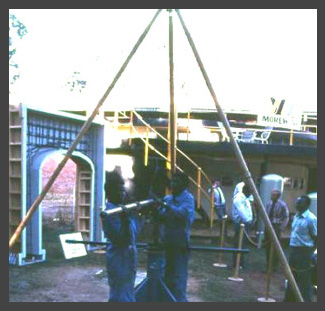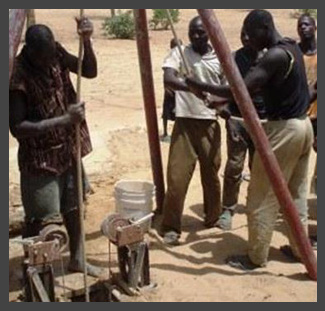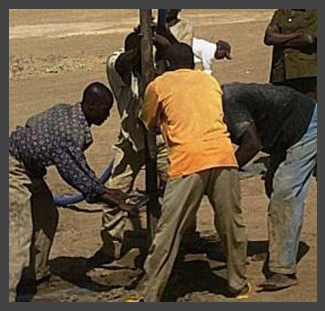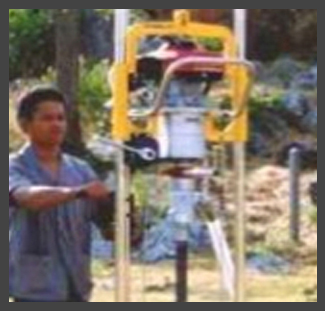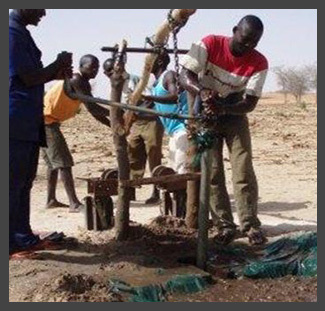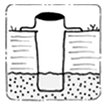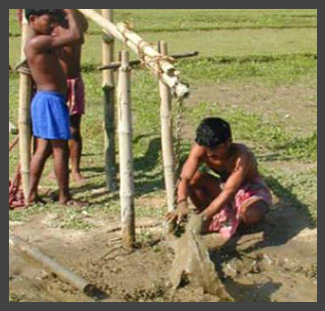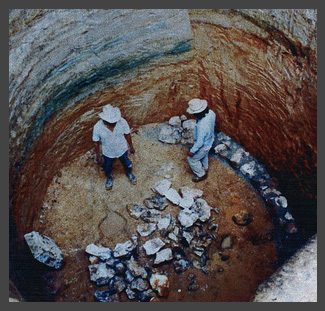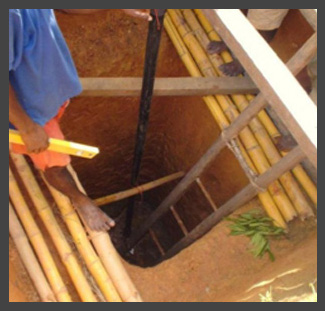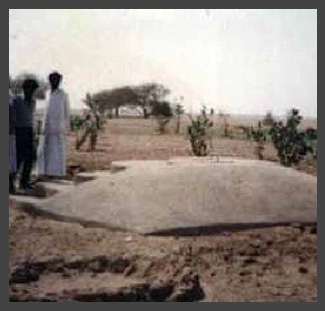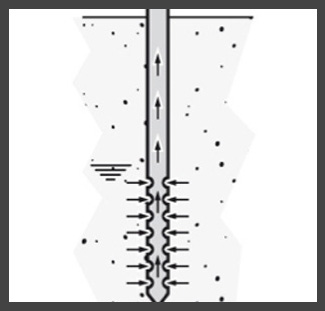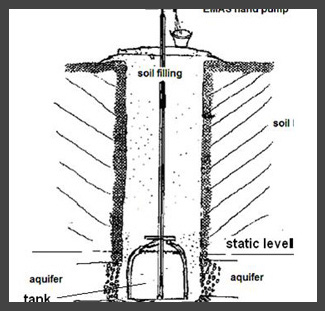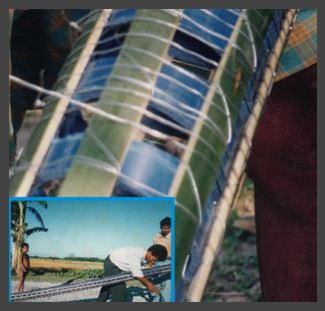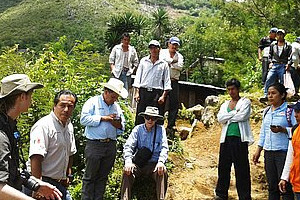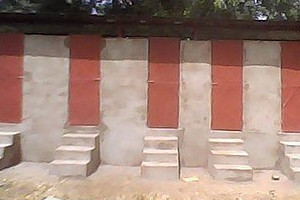Drilling or digging
Access to groundwater is not always easy, so many different types of drilling mechanisms (ranging in depth capacity and costs) are covered in this section. Africa, for example, is said to have rich amounts of groundwater, as compared with other continents. That said, machine-drilled wells are often too expensive for most of the population. Drilling ‘shallow’ wells (up to 35 meter depth) by hand, reduces the price of a well by a factor 4 to 10 compared to a machine-drilled borehole. This cost reduction enables NGOs and Governments to construct more water wells, but also ‘opens the door’ to villagers, farmers, schools and small communities to have a well constructed independently through the private sector.
Climate change considerations
With climate change events, such as drought, some areas of groundwater may be drying up, therefore deeper boreholes and wells may need to be drilled (creating greater expense). Since some aquifers will provide less water in times of drought, perched aquifers (aquifers higher than the water table) should be avoided. Coastal aquifers may get invaded by saline waters, therefore be sure to check water quality.
Field experiences
These projects may be utilizing manual digging or drilling and are part of the project listing in Really Simple Reporting (RSR) on Akvo.org.
| Akvo RSR Project: MWA-LAP: Mexico
Two MWA partners – Living Water International (LWI) and World Vision (WV) – will implement the program in Mexico. In total, the two partners will reach over 88,000 largely underserved and indigenous populations in rural Southern Mexico in the States of Puebla, Oaxaca, Chiapas and Veracruz with access to integrated WASH services |
| Akvo RSR Project: TESO North School and Community WASH Project
Main aim is to reduce WASH-related diseases in Teso North. This will be achieved through safe water provision by drilling boreholes at schools and developing them to supply water to the communities at a fee, improved sanitation by constructing VIP latrines linked to septic tanks, hygiene awareness raising through CLTS, and training of water committees on O&M and business development. |
| Akvo RSR Project: Eau Hygiène et Assainissement
The project is carried out with the construction of a row of six ecosan latrines, using manual drilling. It is located close to the market to serve Sirakorola fairground and the rural community. The latrine is equipped with a device that separates urine and feces to be collected to fertilize fields after a period of sterilization for 6 to 8 months. The water of canal cleaning is drained to irrigate a garden. Training courses are organized. |
| Akvo RSR Project: Eau, hygiène et assainissement
The project area covers the towns of Diondiori and toguere Kumbe. The project is part of the promotion of water and sanitation through education for behavior change, the establishment of water points, latrines, cesspools, maintenance and support the operation of infrastructure. |
| Akvo RSR Project: Project Water4Tomorrow
This plan for the development of an advanced well, providing daily clean drinking water for over more than a thousand people in Kabul, was at the request of Frada Foundation. |
Manual drilling comparison of methods
Manual drilling links
Manual Drilling Sector in Africa 1 |
Manual Drilling Sector in Africa 2 |
2. Building Capacity (English) |
Drilling: 4. Mapping (English) |
Drilling: 2. Drilling Techniques |
- VIDEO: Manual drilling and pump installation, Madagascar by The Water Channel.
- Human-Powered Drilling Technologies, Richard Carter, Cranfield University, 2005.
- Groundwater and climate change in Africa: The Kampala Statement. Richard Taylor, University College London (UK), IAH Commission of Groundwater & Climate Change.

